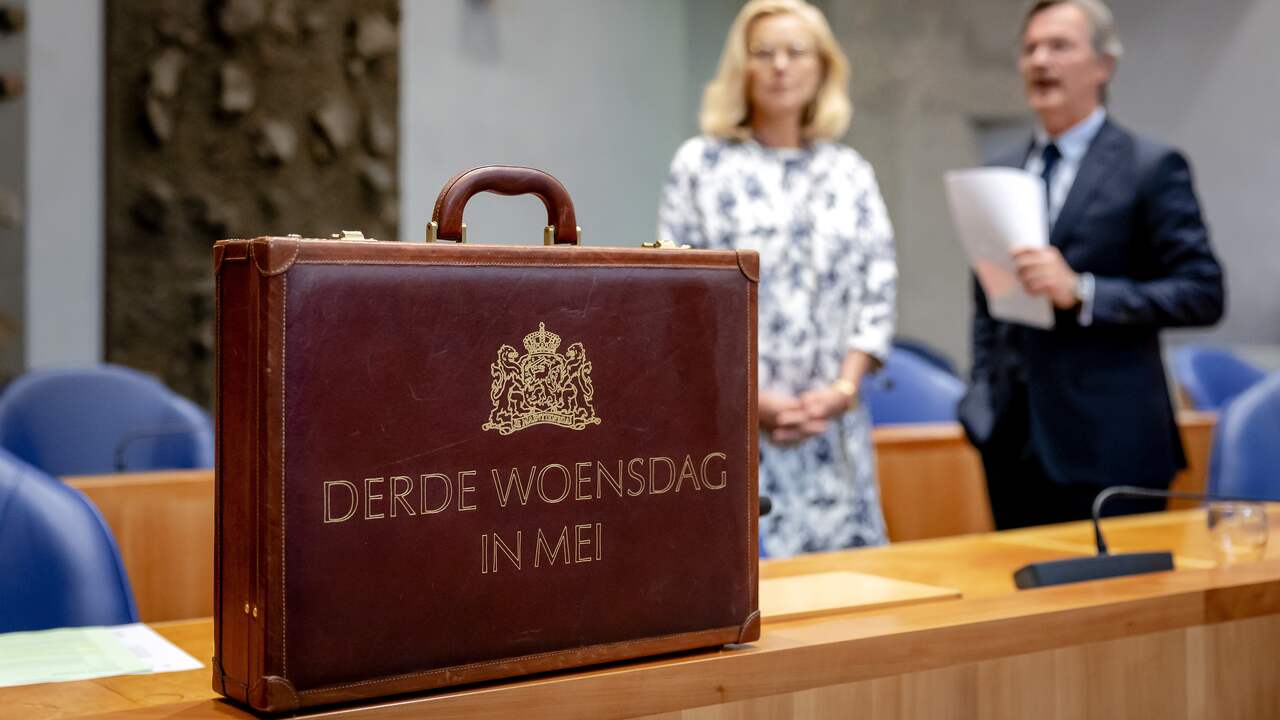The truth is that there is no reason why a crew of Pilots could get into a storm, when both Pilots are Kamikaze or want to commit an act of suicide. They are harsh words, but they reveal a truth and that the past of aviation has some records of events.
However, after the incident that occurred on a flight from the low-cost Mexican company you will fly, where some Pilots entered a core of a storm, the questions are too many and the answers are few. The secrecy that has always characterized Volaris makes a real position complicated.

On May 12, a Airbus A320 registration N518VL, which complied with flight Y4-512, between the Tijuana (TIJ) and Monterrey (MTY) International Airports, was damaged in the windshield and the radome, after the crew that was making a descent towards the approach of runway 29 (ILS) of the Monterrey Airport, encountered a storm, severe turbulence and hail, as suggested by the images and videos published on social networks.
The A320 began to carry out holding patterns very close to the Monterrey Airport, approximately two hours after taking off. Subsequently, they began their descent, leaving the patterns they made for about 20 minutes, and from 33,000 feet in altitude, they descended to an altitude of 16,000 feet, and that is when they encountered the storm.
#National | This is how the plane was #Volaris that he had to land in an emergency in Torreón, after a storm smashed his windshield. pic.twitter.com/CChUZduG0P
— Adela Micha (@Adela_Micha) May 15, 2023
Communications between the crew and the control services shows some nervousness in the cabin, but aware that the situation must be to go to an alternate airport to land, since the prevailing conditions in the vicinity of the Monterrey airport are challenging.
What could have happened in the cabin?
The flight was at night, which makes weather phenomena difficult to see with the naked eye, if the cockpit is not completely turned off. However, we know that today’s planes have weather radar that accurately alerts Pilots to adverse weather conditions so they can be avoided.
Only the Pilots will know the decisions that were made in flight and the conditions of the plane, since they entered directly into the core of a storm, but did you have that information available? Was the weather radar working properly? Could it have been an oversight, negligence or recklessness?
The internal investigations (Volaris) and with the authorities will begin their course and it will be announced what were the actions that led that Airbus A320 to a storm core.
Some versions suggest that they were deficient instructions from air traffic control, but what Pilot pays attention to wrong instructions? In the end, the decisions are up to the Captain.
nobody knows anything
Of the majority of the Pilots consulted by Transponder 1200, nobody knows anything, and they are afraid to say why they know they could be fired; a very Volaris practice. However, maintenance personnel revealed to us that the Airbus A320 registration N518VL did not have any indication, in previous days, of any report or anomaly with the meteorological radar, a particular but important antecedent to know the status of the equipment prior to the flight on 12 of May.
Meanwhile, Volaris sent a letter on its position regarding what happened to flight VOI512, sent three days after the incident:
Volaris informs that on Friday, May 12, flight number 512, which was traveling from Tijuana to Monterrey, diverted to the Francisco Sarabia International Airport (Torreón) due to adverse weather conditions in the capital of New Leon, which caused damage to the windshield and fuselage paint. The crew activated the corresponding procedure in a timely manner, ensuring a safe landing and safeguarding the well-being of all customers on board.
Regarding flight 512 from Tijuana to Monterrey on May 12, we share this important information with you. 👇🏼 pic.twitter.com/msWCyP1kVb
— Volaris (@viajaVolaris) May 16, 2023
The plane
According to the data provided by Airfleets, the Airbus A320 registration N518VL was acquired by Volaris in 2013. The aircraft made its first flight under the test registration D-AXAB on February 15 of that same year. Days later, he flew from Europe to Mexico to join the fleet of the airline that has been active since then. It is configured for 174 seats in a single class and is powered by two IAE V2527E-A5 engines.
It would be reckless and unethical to blame the Pilots until you know the depth of the case, but what does a plane do in a storm? Could it be a malfunction of the radar systems? Is it the lack of situational awareness and knowledge of the Pilots?
We will wait for the investigations that always serve as a reference of what SHOULD NOT HAVE HAPPENED, and that other crews take these cases into account so as not to commit the same error, piece and mandatory action in terms of Human Factors in aviation. Hopefully Volaris can make this case transparent to the aeronautical community, since the speculations and comments of other Pilots leave the airline in a bad light.
Photos: Jay Bowie
2023-05-17 03:06:05
#Pilots #storm

:focal(545x371.5:555x361.5):watermark(cloudfront-eu-central-1.images.arcpublishing.com/ipmgroup/UFVD77VYQZHRHBUO5OR7E7I6TY.png,0,-0,0,100)/cloudfront-eu-central-1.images.arcpublishing.com/ipmgroup/MKLGAPVMIVD3DCJIV64QQCOXDQ.jpg)
